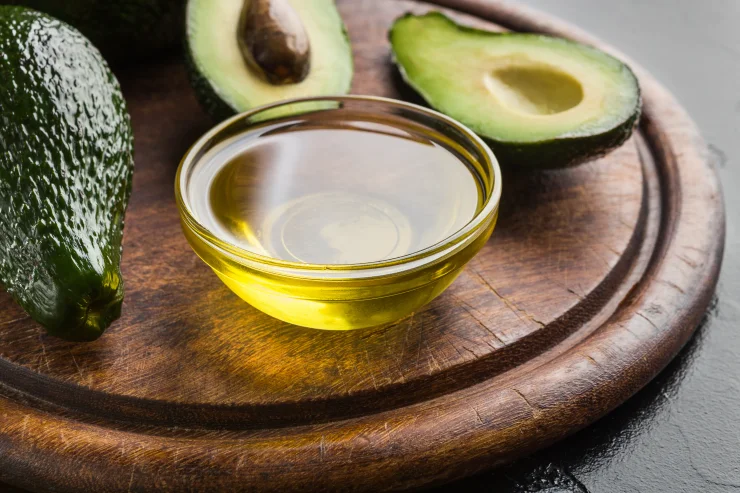If you were to break down your diet into percentages based on a guess, what would you imagine? Would you assume that a quarter of your daily calories were grains and that maybe another quarter was protein? What percentage of your daily meals would you guess went to fruits and veggies?
Here’s one thing I can bet you didn’t imagine on your daily plate: vegetable oils. Most of us imagine oils as background noise in our daily diet, but the reality is that they take up a huge portion of what we eat each day. Vegetable oils make up a whopping 20% of American calories (1). Yes, 20%! (2)
An ingredient that didn’t even exist just over a century ago is now so prevalent in our daily diet that it’s nearly impossible to fully avoid. It’s hiding in plain sight among our favorite snacks, restaurant meals, and even “healthy” grocery products like salad dressing, ketchup, and dairy-free cheese.
And here’s the thing: vegetable oils are not your friend. They are associated with higher rates of diabetes, heart health issues, and other chronic illnesses (3).
In 2018, around 51% of US adults had at least one of ten common chronic health conditions (arthritis, cancer, asthma, hypertension, hepatitis, chronic obstructive pulmonary disease, coronary heart disease, stroke, diabetes, or weak/failing kidneys). More than 27% had more than one chronic illness to contend with at once (4). Obesity has also been rising in the US (5).
Those numbers are striking in their own right, but what makes them especially shocking is that Americans, by and large, have been consistently developing better habits over the last century. Americans get more exercise than they did 20 years ago, Americans are more aware of the need to eat healthy than they were 20 years ago, and the amount of Americans who smoke has decreased by 50% since 1965 (6, 7, 8).
So why are health problems only growing? A lot of experts wonder if the culprit is the rise of vegetable oil—and our team at NativePath believes that it is.








